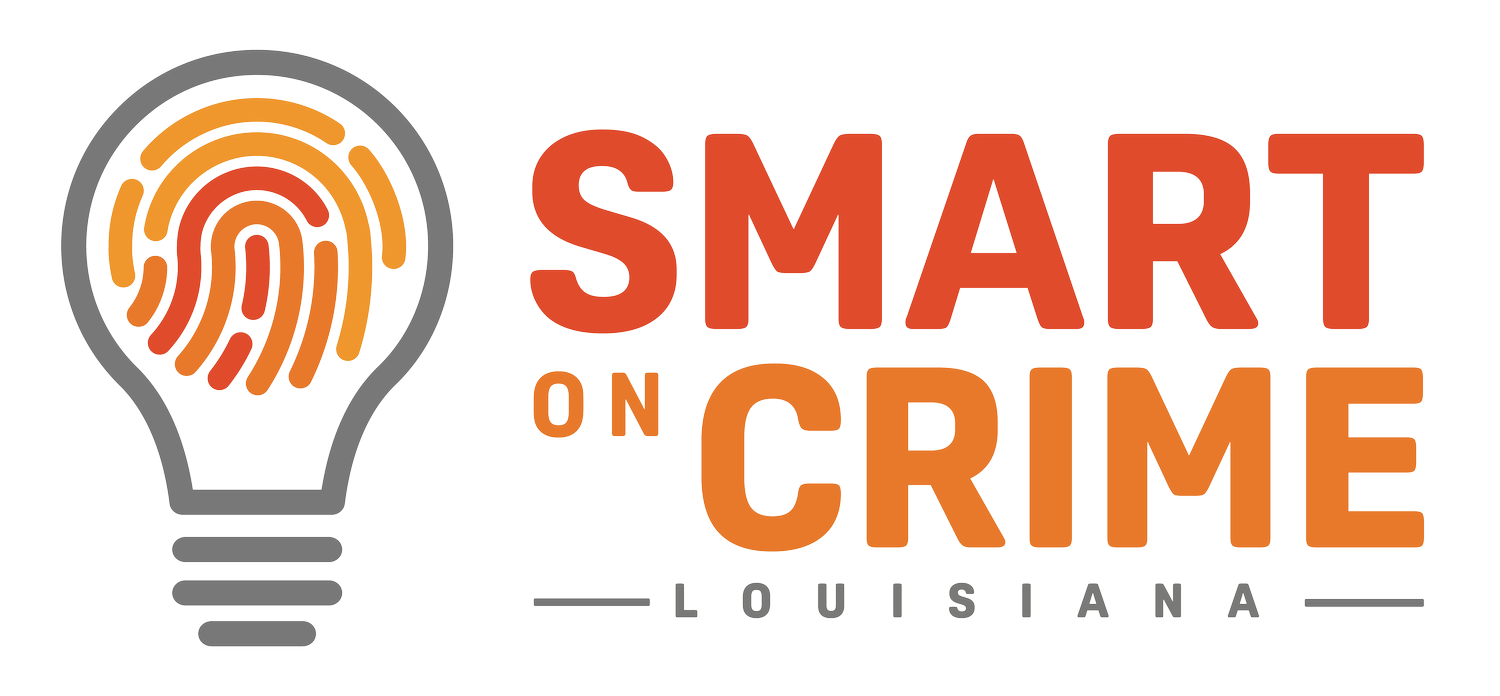The Safer Supervision Act of 2025: Reconciling Rehabilitation and Responsibility
Justice, rehabilitation, and fiscal responsibility are not incompatible values. Criminal justice policies that can achieve all three rely on data, evidence-backed practices, and a true understanding of the nuances at play within the justice system. The proposed Safer Supervision Act of 2025 balances these interests to reform federal supervised release.
Supervised release is the form of supervision after incarceration wherein a formerly incarcerated person must comply with a series of conditions and is held accountable by a probation officer.
Introduced by U.S. Senator Mike Lee (R-UT), the Safer Supervision Act would serve as a response to issues of resources and efficacy. Roughly 110,000 people are currently in a period of federal supervised release. Probation officers have expressed a lack of resources to help them focus their efforts on the highest risk individuals and successfully guide them back into society where they can thrive and avoid re-entering the justice system. The disparity between people on supervised release and resources/officers to help them means that, too often, the goals of supervised release remain unmet. This is a loss for not only those incarcerated (or recently formerly incarcerated), but also taxpayers. Rehabilitation is not achieved and, as a consequence, no return is made on the investment of supervised release.
The legislation addresses some of the common pitfalls in the supervised release process. Prioritizing the complexities of justice, it requires courts to conduct individualized evaluations of the need for supervision and to explain their reason for prescribing supervision. It creates an incentive system that rewards good conduct; when compliance and rehabilitation are evident, and an early end to supervision would not risk public safety, individuals can have an early termination of their supervision. The bill also creates “a narrow carveout giving courts discretion regarding reimprisonment or treatment/rehabilitation for minor misdemeanor possession offenses that do not involve intent to distribute.” This carveout is an alternative to the mandatory revocation assigned to certain controlled substance possession charges, and empowers courts to use case-by-case discretion over a blanket termination of release.
The U.S. Sentencing Commission reported in 2024 that supervised release was imposed on 89.7% of male cases and 93.8% of female cases. With such a large number of federal cases involved in the practice, evaluating and improving the process is increasingly urgent. Former Speaker Newt Gingrich authored an endorsement of the proposed legislation and pointed to the success of this model on the state level. Citing Missouri, South Carolina, and Arizona, he emphasized that “This approach was just validated by a groundbreaking study released in August from the Iowa Department of Corrections. It found that rewriting rigid probation rules into collaborative goals allowed individuals to work with their probation officers to achieve stability. This cut the number of people being sent back to prison by more than 25%.”
The proposed Safer Supervision Act reflects the often overlooked truth that rehabilitation and fiscal responsibility go hand in hand. When courts and probation officers are equipped with clear guidelines, and the formerly incarcerated are treated with dignity and nuance, recidivism decreases, and public safety increases.
